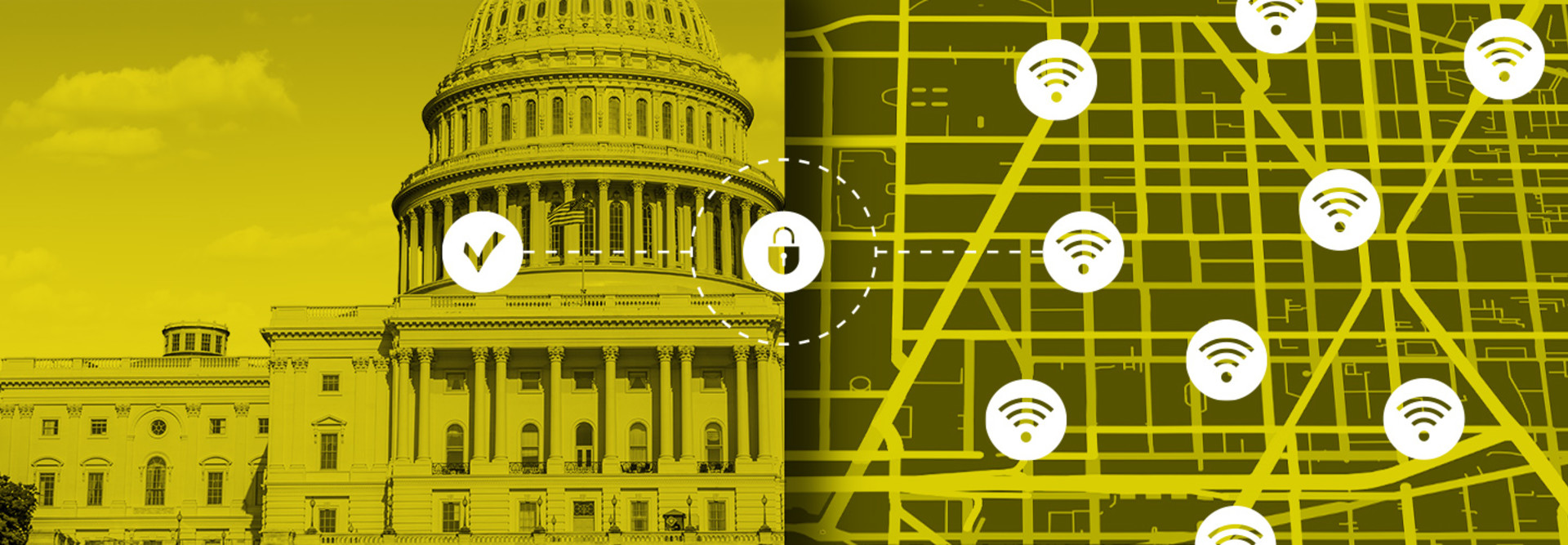At the same time, the memo states, “many employees — more than prior to the pandemic — will engage in a mix of telework and onsite work.”
Employees who have been teleworking during the pandemic “generally will remain eligible for telework, at least on a situational basis,” the memo states, adding that “in many cases, agencies and sub-organizations will allow and plan for an increased ratio of telework over onsite work, for more employees, as compared to agency work environments prior to the pandemic.”
Such arrangements might include, for some employees, “a balanced mix of working offsite and onsite, including to satisfy business operations, teambuilding, and other needs,” the memo says.
“For other employees, such arrangements could mean teleworking a majority of the time or nearly full-time, with a requirement for employees under the General Schedule to report to the agency worksite at least twice each pay period to receive the locality rate associated with the agency worksite,” according to the memo.
FREE RESOURCES: Get your agency ready for a new way to work.
Assessing Long-Term Telework Needs
Given that the government is going to be more open than in the past to significant amounts of telework, agencies will need to assess their long-term technology needs to support such users.
As agencies develop their reentry and post-reentry plans, they should consider the technology needed to “support transformations of work processes both internal to agencies, such as meeting and conference capabilities that support in-person and virtual interactions, as well as customer-facing interfaces, such as technology support for equitable digital service delivery,” according to the memo.
They should also consider “workspace/workplace usage and mobility assessments, and opportunities to integrate remote work and sharing of spaces among federal agencies into mid- and longer-term real estate/property strategies.”
When conducting a post-reentry mobility assessment to understand shifts in employees’ perspectives on distributed work and the services they need to do their jobs, the memo states that agencies should take into account three factors.
Those include “which positions or job functions really need to be onsite” and “what do employees want and expect in terms of coming to the office post-pandemic, including in terms of health, safety, and cleaning procedures, among other expectations.”
Long-term, the memo notes, agencies can explore “what investments should be made to fill gaps in technology, home office equipment, and work support services to make work away from the office as productive as work at the office.”
Agencies can work with trusted third parties to conduct assessments of their work-from-home environments and IT needs.
Such assessments can include determining user and device data so that agency heads and IT leaders can have a clear understanding of the unique use cases and personas in their environment. The assessment could also include meaningful interviews with IT leaders to validate those findings.
Agencies can also work with third parties to conduct an analysis that determines the health of the end-user experience using real-world data. From there, partners can help agencies develop recommendations to optimize their telework environments. That can help IT leaders make better-informed technology choices, understand their IT options to streamline support and create a better user experience.











